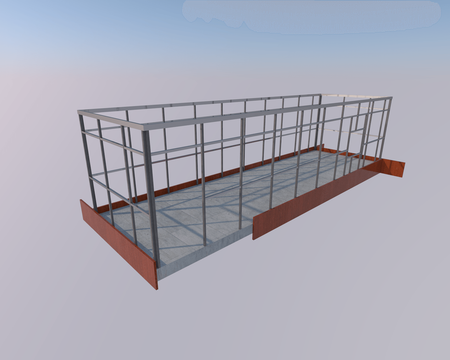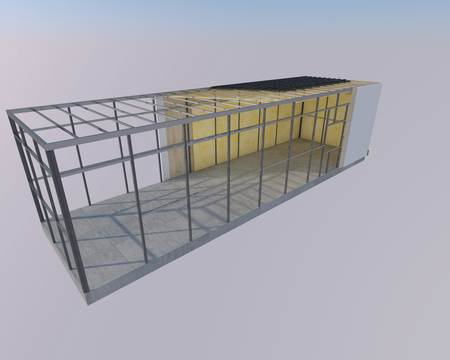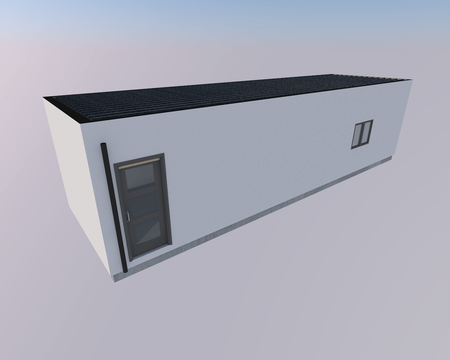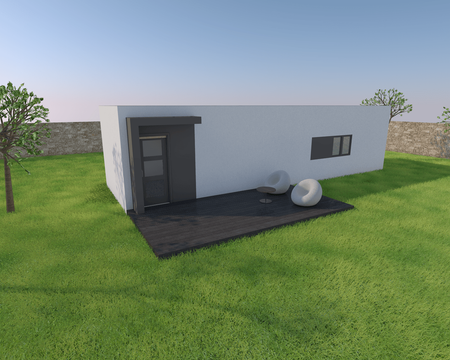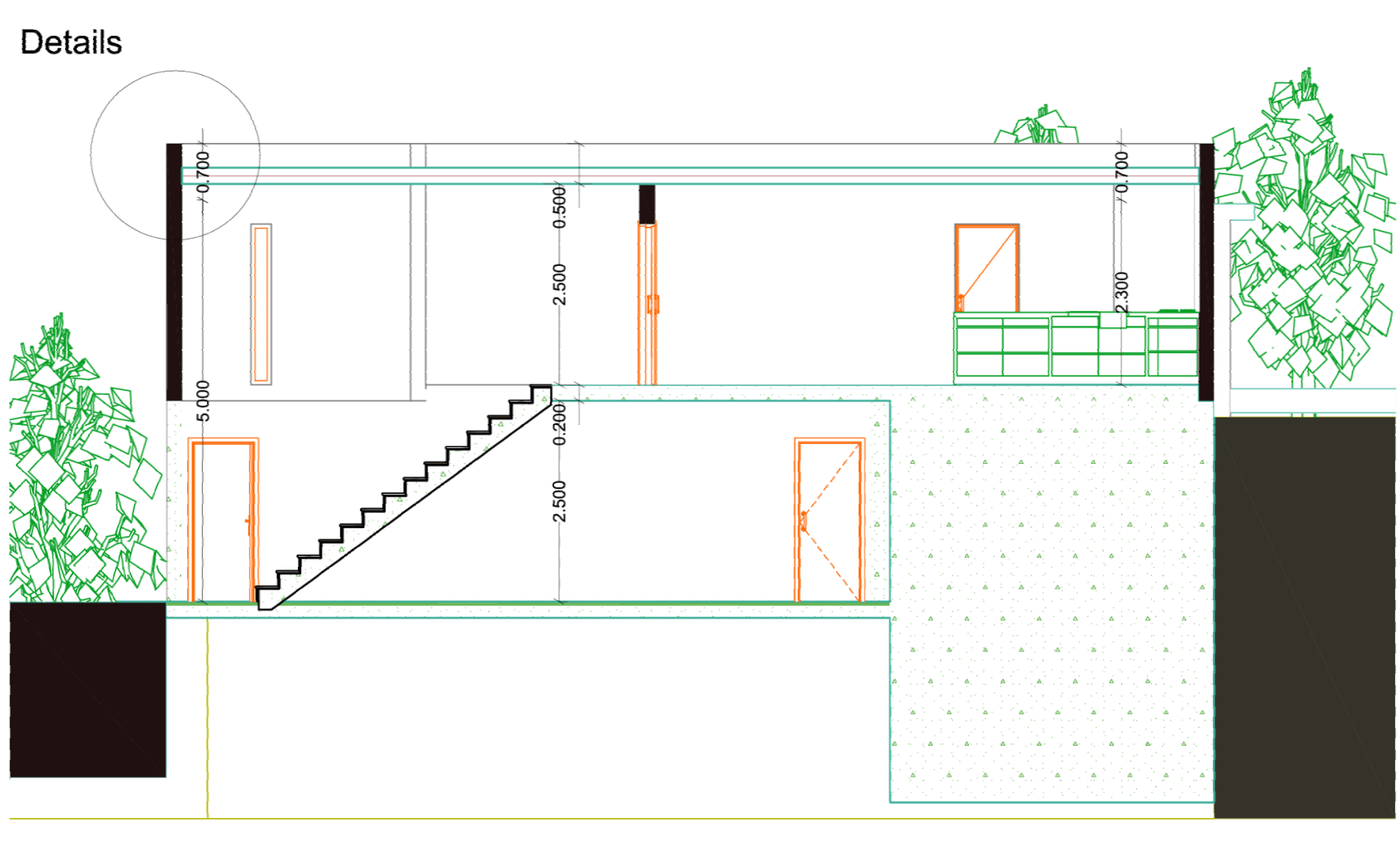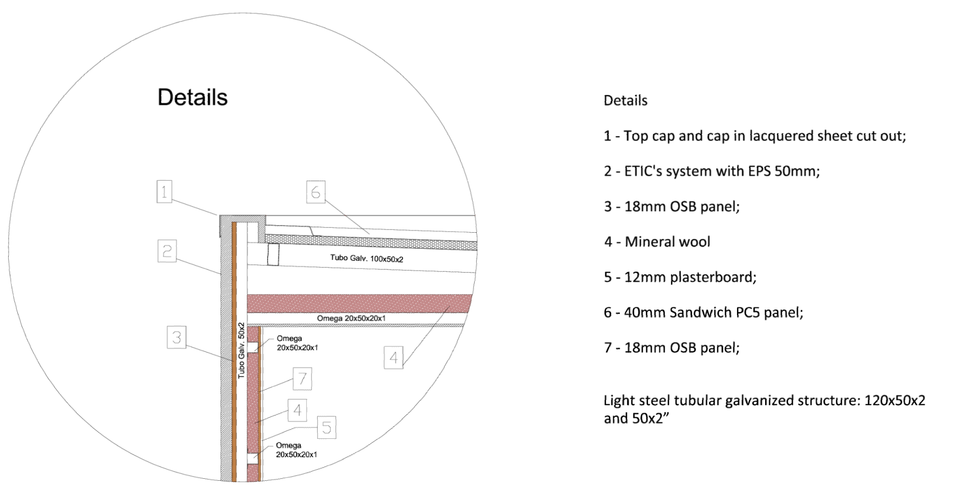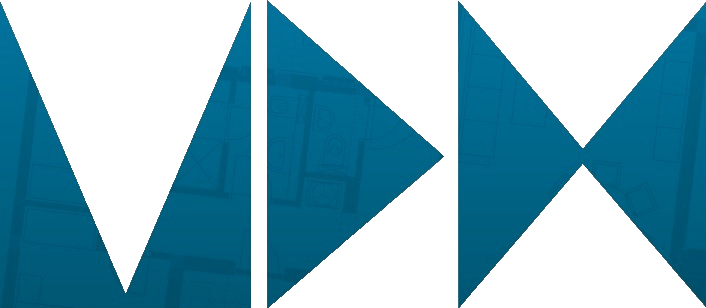What set us apart
Economical, ecological and quick to build, are the main advantages of prefabricated houses.
Modular houses owe their name to be produced by parts in factories, to be later assembled on the ground in loco. It is also on the ground that the finishes chosen by their owners are applied.
Here, each house is a different case
The evolutionary versatility of modular construction allows us to adapt it to any type of project. Bring your dream to us and watch it come true.
1. What are the advantages of modular / prefabricated houses?
The advantages of prefabricated houses are extremely sharp and, for us, far outweigh the disadvantages.
Among them, we would highlight the following:
- They are built quickly: the house modules are built in the factory, which makes the process much faster. First, because they are built without being outdoors, they do not depend on weather conditions. And then, because, after manufacture, we just take the parts to the ground and assemble them, that is, they already arrive at the site partially built, which also eliminates the need to hire additional labor. Furthermore, while the parts are being manufactured, the land can be prepared.
- They are energy efficient: prefabricated houses tend to be highly energy efficient. In fact, they are known for this. Many of them are built with recycled materials and / or that can be recycled later. In addition, they are well insulated which prevents heat loss and reduces electricity bills. It is also common to have solar panels, LED lights, rainwater recovery system, among other things. Last but not least, it is worth remembering that the way they are built generates less waste.
- They are economical: they are more economical and banks are already starting to finance the purchase or construction of prefabricated houses, something that did not happen until recently. Building a prefabricated building requires less labor, which cuts costs dramatically. Then, we have the issue of energy efficiency and the impact that this has on the accounts.
- They are flexible: prefabricated houses are very flexible. Imagine that the family is going to grow and needs an additional room or that it craves an office where it can work concentrated: with a prefabricated house, you can add a module (corresponding to a room), up and to the sides, to your pleasure. In addition, you can also change a the site of a module by changing the configuration. In a traditional house, the expansion works are more complicated, time-consuming and expensive.
- Top quality: these are factory-built houses that are subject to demanding and regular inspections. They are therefore subject to approval that gives confidence to the buyer.
2. Do I need a license to build a modular / prefabricated house?
Yes, it is necessary to have a license as long as the construction is permanently incorporated into the soil.
The simplicity of construction does not dispense with licensing, which, in Portugal, is the same as that of a normal house. If you want to build a prefabricated house, you must go to the City Hall 30 days in advance and present the written or drawn parts that must be signed by a legally qualified technician and accompanied by a Term of Responsibility. Prefabricated houses also require a Housing License - which must be requested from the City Council - and a License to Use License.
3. Is it possible to obtain credit for a modular / prefabricated house?
Yes, some solutions for this type of processes are beginning to appear.
To make it possible to obtain a mortgage for this type of construction, the property you want to finance cannot be "displaced". In other words, if we are talking about removable houses, the bank's guarantee is less, which will make it difficult to approve a credit with these characteristics. Some banks will be able to grant the financing through a traditional mortgage loan, others will be able to grant only through a personal credit, which, in the beginning, means higher interest rates. However, these alternatives may not be presented on the digital channels of banking institutions.
The only bank that has, so far, a specific financing line for prefabricated houses is Caixa Geral de Depósitos. The CGD Mortgage - Prefabricated Houses product is intended for those who want to buy, build or make works in their prefabricated house for permanent permanent housing or even for holidays.
Click here to simulate your Mortgage Credit with Caixa Geral de Depósitos.
4. What is the constitution of our modular / prefabricated houses?
MDH houses can be made in two ways: fixed or removable. The fixed houses are made from a fixed slab, on the spot, while the removable houses are built in the factory and only then transported to the land.
A modular house is built on site when the accessibility of the land does not allow its transport or when the characteristics of the land so require. An "immovable" house is also mandatory in the case of using Housing Credit.
At MDH, houses are made up of:
- Collaborating slab with light screed and structure in hot rolled steel profiles, metallized;
- Light galvanized steel structure;
- OSB panels;
- Insulation, under ceilings and walls, in rock wool;
- Interior lining in plasterboard panels;
- Exterior coating in lacquered steel or ETICS system;
- Floor and wall coverings (wet areas);
- Lacquered aluminum frames with double glazing;
- Installation of cold and hot water, sewage and electricity;
- Sanitary installation equipped with toilet, shower tray and washbasin;
- Kitchen equipped with tub, hob, oven and extractor.
Our details. Because small details are always the most important.


